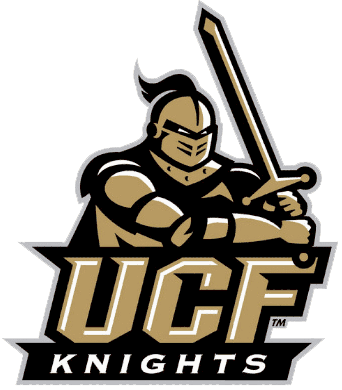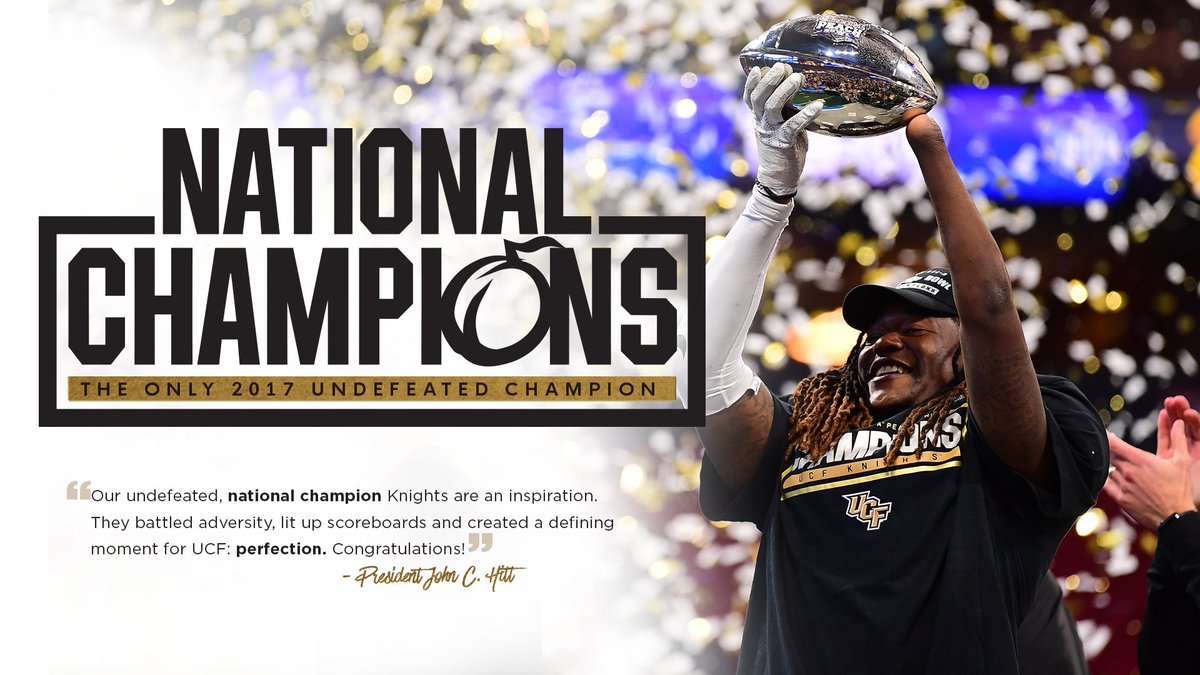Narrator: (as images of people using smartphones, tablets, and desktop computers appear randomly) “Since the early 1990’s, or LATE 1990’s if you were from a small town, the internet has been an integral part of our lives. From finding the latest news to catching up with old friends to discovering perversions you never even thought of, it’s all there. One particular website was a major part of many Nascar fans’ lives almost from the beginning—Jayski. That is, until this past year.
(ominous music as we hear people complaining) “The site doesn’t make any sense now” “I have to click like five times to get to the Truck Series news” “The team charts are still in the old style, why can’t they bring it back” “Why the HELL did they change it in the first place?”
(music stops, a figure is shown in darkness, and suspenseful music begins)
Informant: (voice altered) “I work for ESPN, and I’m the one who helped change Jayski into what it is today. This will be my only interview on the subject. I cannot reveal who I am for fear of losing my job.”
(the title “Changeski” appears on the screen in the style of the current ESPN website)
Marty Smith, ESPN reporter: “Change. It comes to all of us. From the smallest child to the mightiest titan of industry. It even comes to a mild-mannered former Air Force enlistee from the Pine Barrens of New Jersey, a man who would enter the gasoline-soaked world of Nascar, eventually relocating to the clay-hewn hills of Carolina to follow his dream.”
Informant: “ESPN didn’t bid on retaining the rights to its Nascar properties. They wanted to spend that money on the NBA, specifically so someone could follow LeBron James around on his off-days to acquire stories to argue about on First Take. Not having the funds available to retain something they’d had off-and-on since the beginning—again—really stuck in the craw of some of the higher-ups.”
Marty Smith: “It was the mid-90’s, and things were changing. You had a working-man’s hero, a middle-aged self-made millionaire in a black car, trying for his next championship, one that would eclipse that of The King. You had a kid from California, beauty queen in tow, getting booed out of almost every track he went to, winning everything in sight except for the fans’ adoration.”
Informant: “ESPN couldn’t just stop covering Nascar, that would’ve been too embarrassing and obvious. But they wanted to scare away the remaining fans and really stick it to the leadership in Daytona Beach. They owned the rights to the Jayski website, and they told me their plan—confuse, frustrate, destroy.”
Marty Smith: “All of a sudden, people were learning the ins and outs of the sport from people other than Old Stanley O’Donnell, the guy at the VFW who was always willing to tell you a story or two if the race wasn’t on. People said he used to work on David Pearson’s pit crew, and although no one could prove it, the whole town let it be true.”
Informant: “I went to work taking apart what had been in place for over a decade. Putting in link pages like an Angelfire site from the 90’s. Header drop-down boxes that worked even worse than the old ones. And most importantly, letting people leave comments now, so the fans could see who they were associating with. I asked my supervisor once how he could justify doing this to someone like Jayski, who’d put so much of himself into the site. He just said, ‘He’s from New Jersey—he deserves it.’”
Marty Smith: “People were connecting now better than ever before, but what had we lost? The old trips to the watering hole to compare Bill Elliott versus Darrell Waltrip? Reading the ‘Race Report’ in the Monday newspaper? The world truly was changing, whether we liked it or not. (sighs) OK, that’s my intro, let’s get into the story now, OK?”




